I stumbled upon Inday Inday during a trip to Iloilo, where a tiny corner stall in La Paz Public Market caught my attention. An elderly vendor, Manang Yolly, was skillfully shaping rice cakes while her kawali bubbled with golden-brown syrup.
The aroma of caramelizing coconut milk drew me in, and I watched as she poured the warm syrup over plump, chewy rice cakes. Ini ang Inday Inday, anak," (This is Inday Inday, child) she said with pride, explaining how this version of rice cake differs from the usual palitaw I knew from Manila.
After one bite, I was hooked. The tender, chewy texture and that incredible coconut-caramel sauce were unforgettable. She generously shared her technique with me, and now I'm passing on this beloved Ilonggo merienda to you with all the little tips I learned from that memorable morning in the market.
Cultural Notes
Inday Inday belongs to the Filipino rice cake family that includes Palitaw and Unday Unday. Each region has its unique variation, showcasing local ingredients and preferences. In Iloilo, it's often served during afternoon merienda or special occasions, representing the region's rich culinary heritage.
Jump to:
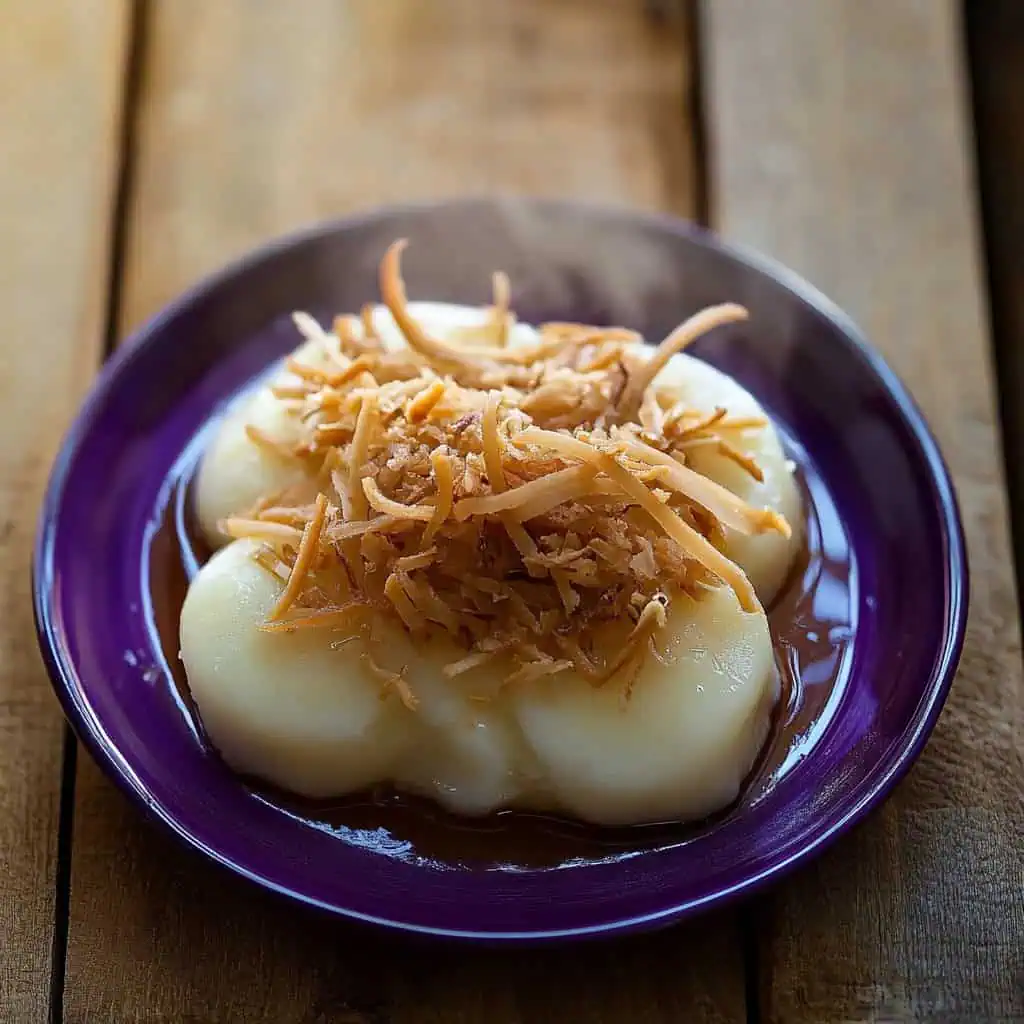
Why You'll Love This Recipe
- Authentic Taste: Experience genuine Ilonggo flavors passed down through generations
- Simple Ingredients: Uses basic pantry staples common in Filipino kitchens
- Customizable Texture: Adjust the syrup thickness to your preference
- Perfect Merienda: Ideal for afternoon snacks or special occasions
- Make-Ahead Friendly: Can be prepared in advance and reheated
Ingredients
These simple ingredients create magic together! Glutinous rice flour gives the cakes their signature chewy texture that Filipinos love. The coconut milk and brown sugar combine to create a rich, caramel-like syrup that's distinctly Ilonggo, while the young coconut strips add freshness and texture contrast.
This perfect balance of chewy, sweet, and creamy makes Inday Inday a beloved treat that showcases Iloilo's mastery of transforming humble ingredients into something extraordinary.
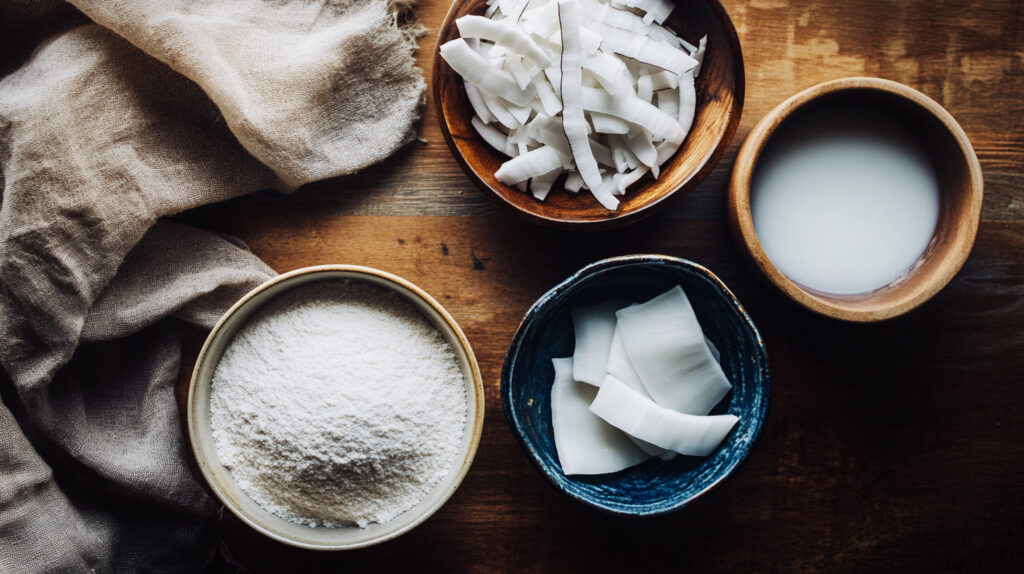
For the Glutinous Rice Dough:
- 1 cup glutinous rice flour (galapong)
- ½ cup water
For the Coconut Syrup Topping:
- 1½ cups young coconut strips (buko strips)
- 400 ml coconut milk (gata)
- ¾ cup brown sugar
Equipment
- Digital kitchen scale - For precise measurements of ingredients
- Medium mixing bowl - For preparing and kneading the glutinous rice dough
- Deep pot - For poaching the rice cakes until they float
- Heavy-bottom saucepan - For making the coconut syrup without burning
- Spider strainer - For gently removing the cooked rice cakes from water
- Measuring cups and spoons - For accurate portion control
- Wooden spoon - For stirring the syrup to prevent scorching
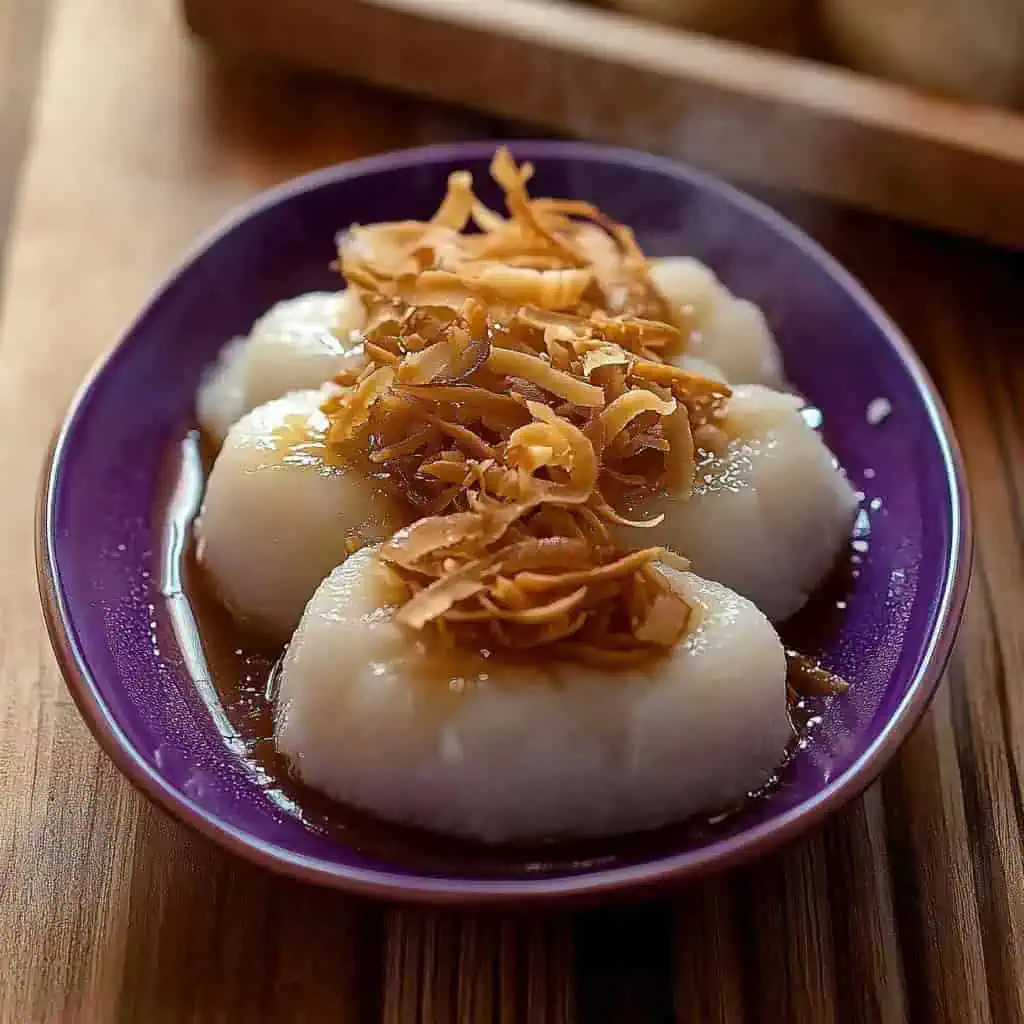
How To Make
- Prepare the coconut syrup: Combine coconut milk and brown sugar in a saucepan over medium heat (180°C/350°F). Mix well and bring to a boil, then reduce to medium-low heat (160°C/320°F) and simmer for 15 minutes. Stir frequently to prevent burning. Add the young coconut strips and continue cooking until your desired thickness. Turn off heat and set aside.
- Make the rice cake dough: While the syrup cools slightly, mix glutinous rice flour and water in a bowl until you have a smooth dough that's not too sticky or dry. Take portions and roll into balls about 2 inches wide, then gently flatten each one to about ½ inch thickness.
- Cook the rice cakes: Fill a deep pot with water and bring to a rolling boil. Once boiling, reduce heat to medium-low (160°C/320°F). Carefully drop the flattened dough pieces into the water, a few at a time to avoid overcrowding. They will sink at first - this is normal. Once they float to the surface, flip them over and cook for one more minute. Remove with a strainer and let excess water drain.
- Serve: Arrange the cooked rice cakes on your serving plate. While they're still warm, pour the coconut syrup and strips over them. The syrup should be warm but not hot when you pour it. Serve right away while both the rice cakes and syrup are still warm. For best results, eat within a few hours of cooking.
- Adjust consistency if needed: If the syrup becomes too thick while standing, warm it slightly and add a splash of coconut milk to thin it out. Remember, the consistency should be like maple syrup - thick enough to coat the back of a spoon but still pourable.

Tips from Lola's Kitchen
- Room temperature water creates a smoother dough texture
- Test one rice cake first before cooking the entire batch to perfect your cooking time
- Stir the syrup constantly to achieve a silky, even consistency without lumps
- Keep heat moderate when making the syrup to prevent coconut milk from curdling
- Let dough rest for 10 minutes before shaping for better elasticity
- Wet your hands slightly when shaping the dough to prevent sticking
Substitutions
- Young coconut strips: Substitute with mature coconut strips (macapuno) for a denser texture
- Brown sugar: Use muscovado sugar or palm sugar (panutsa) for more authentic flavor
- Coconut milk: First or second extraction gata works fine; canned is acceptable but fresh is preferred
- Glutinous rice flour: For a more traditional approach, make fresh galapong by soaking glutinous rice overnight and grinding it finely
- Water in dough: Replace with coconut water for subtle sweetness
Troubleshooting
- Dough too sticky? Add more glutinous rice flour gradually, one tablespoon at a time
- Dough too dry? Add water in very small increments (1 teaspoon at a time)
- Rice cakes breaking apart? Your dough might be too wet or the water might be boiling too vigorously
- Syrup too thick? Add warm coconut milk gradually while stirring
- Syrup too thin? Continue simmering until it reaches your desired consistency
- Rice cakes too chewy? They might be undercooked; increase boiling time slightly
- Rice cakes falling apart? They might be overworked; handle dough more gently next time
Storage & Reheating
- Store rice cakes and syrup separately in airtight containers
- Refrigerate for up to 3 days (quality is best in the first 24 hours)
- Reheat syrup in microwave or stovetop until just warm
- Steam rice cakes briefly (2-3 minutes) to restore their soft, chewy texture
- Never freeze Inday Inday as the texture becomes compromised
- If rice cakes harden, steam them for 5 minutes to soften

FAQ
Why is it called Inday Inday?
"Inday" is an endearing term for young women in Ilonggo. The name suggests the delicacy's feminine appeal and popularity among young ladies.
How do I know when the rice cakes are fully cooked?
They will float to the surface and become slightly translucent. After flipping, they should cook for just one more minute.
Can I make the dough ahead?
Yes, you can wrap it tightly in plastic wrap and refrigerate for up to 24 hours. Bring to room temperature before shaping.
How thick should the syrup be?
Traditional thickness varies by region - aim for maple syrup consistency, thick enough to coat the back of a spoon but still pourable.
Can I freeze Inday Inday?
Not recommended as the texture becomes compromised. The rice cakes tend to become tough and lose their characteristic chewiness.
Is this the same as palitaw?
While related, Inday Inday differs through its thicker form and distinctive coconut-sugar syrup topping rather than the grated coconut and sugar coating of palitaw.
Can I make this without coconut milk?
The coconut milk is essential for authentic flavor. There's no good substitute that will maintain the traditional taste.
What if I can't find young coconut strips?
You can use shredded mature coconut, though the texture will be different. Macapuno (sweet preserved coconut strings) is another good alternative.
How do you properly store leftover coconut syrup?
Keep it refrigerated in an airtight container for up to one week. It may solidify when cold but will become pourable again when warmed.
Can I add other flavors to the syrup?
Yes! Traditional variations include adding pandan leaves, lemongrass, or even a splash of dayap (local lime) for subtle citrus notes.
Related
Looking for other recipes like this? Try these:
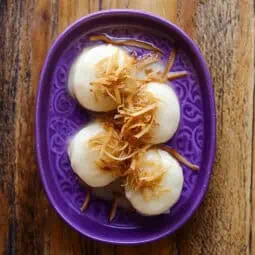
Inday Inday Recipe (Ilonggo Rice Cake with Coconut Syrup)
Equipment
- Digital kitchen scale (timbangan) For precise measurements
- Medium mixing bowl (mangkok) For preparing the dough
- Deep pot (kaldero) For poaching the rice cakes
- Heavy-bottom saucepan (kawali) For making the syrup
- Spider strainer For removing cooked rice cakes
- Measuring cups and spoons (Panukat) For accurate portions
- Wooden spoon (sandok na kahoy) For stirring the syrup
Ingredients
For the Glutinous Rice Dough
- 1 cup glutinous rice flour galapong
- ½ cup water tubig
For the Coconut Syrup Topping
- 1½ cups young coconut strips buko strips
- 400 ml coconut milk gata
- ¾ cup brown sugar asukal na pula
Instructions
- Start by combining coconut milk and brown sugar in a saucepan over medium heat (180°C/350°F). Mix well and bring to a boil, then reduce to medium-low heat (160°C/320°F) and simmer for 15 minutes. Stir frequently to prevent burning. Add the young coconut strips and continue cooking until your desired thickness. Turn off heat and set aside.
- While the syrup cools slightly, mix glutinous rice flour and water in a bowl until you have a smooth dough that's not too sticky or dry. Take portions and roll into balls about 2 inches wide, then gently flatten each one to about ½ inch thickness.
- Fill a deep pot with water and bring to a rolling boil. Once boiling, reduce heat to medium-low (160°C/320°F). Carefully drop the flattened dough pieces into the water, a few at a time to avoid overcrowding. They will sink at first - this is normal. Once they float to the surface, flip them over and cook for one more minute. Remove with a strainer and let excess water drain.
- Arrange the cooked rice cakes on your serving plate. While they're still warm, pour the coconut syrup and strips over them. The syrup should be warm but not hot when you pour it. Serve right away while both the rice cakes and syrup are still warm. For best results, eat within a few hours of cooking.
- If the syrup becomes too thick while standing, warm it slightly and add a splash of coconut milk to thin it out. Remember, the consistency should be like maple syrup - thick enough to coat the back of a spoon but still pourable.
Tips from Lola's Kitchen
- Use room temperature water for smoother dough
- Test one rice cake first to perfect cooking time
- Stir syrup constantly to achieve silky consistency
- Keep heat moderate to prevent coconut milk from curdling
Nutrition
The Story Behind Inday Inday
In the sun-drenched streets of Iloilo City, where centuries-old churches stand witness to rich culinary traditions, Inday Inday emerged as a beloved variation of Filipino rice cakes. This cherished kakanin traces its roots to the resourceful home cooks of Western Visayas, where glutinous rice and coconuts grow in abundance. The name itself tells a story – "Inday" is an endearing term for young women in Hiligaynon, suggesting this delicacy's special place in Ilonggo households.
Unlike its more widely known cousin, palitaw, which gets its name from the way it floats when cooked, Inday Inday distinguishes itself through its more substantial form and luxurious topping. Local vendors in Iloilo's bustling markets, particularly in the famous La Paz district, have been crafting these plump rice cakes for generations. Each family closely guards their own recipe for the coconut syrup, known locally as arnibal, leading to delightful variations across different neighborhoods and towns.
The evolution of Inday Inday reflects the Ilonggo's ingenious approach to Filipino merienda. While other regions typically coat their rice cakes with grated coconut or serve them with latik, Iloilo's version embraces a more indulgent preparation. The addition of young coconut strips to the syrup, a stroke of culinary brilliance, adds both texture and a fresh sweetness that sets it apart from similar kakanin. This innovation likely came from the region's abundance of buko, making it a natural addition to their traditional treats.
Today, Inday Inday remains a testament to Iloilo's vibrant food culture, where simple ingredients transform into extraordinary delicacies through time-honored techniques. Whether enjoyed from market stalls, served during afternoon merienda, or featured in festive celebrations, this rice cake continues to capture the hearts of both locals and visitors, one chewy, syrup-laden bite at a time.
This humble rice cake does more than satisfy sweet cravings – it preserves a piece of Ilonggo heritage, telling stories of community gatherings, family celebrations, and the warmth of Filipino hospitality. As modern tastes evolve, Inday Inday stands firm as a beloved tradition, bridging generations through its timeless appeal and the memories it creates around Filipino tables.
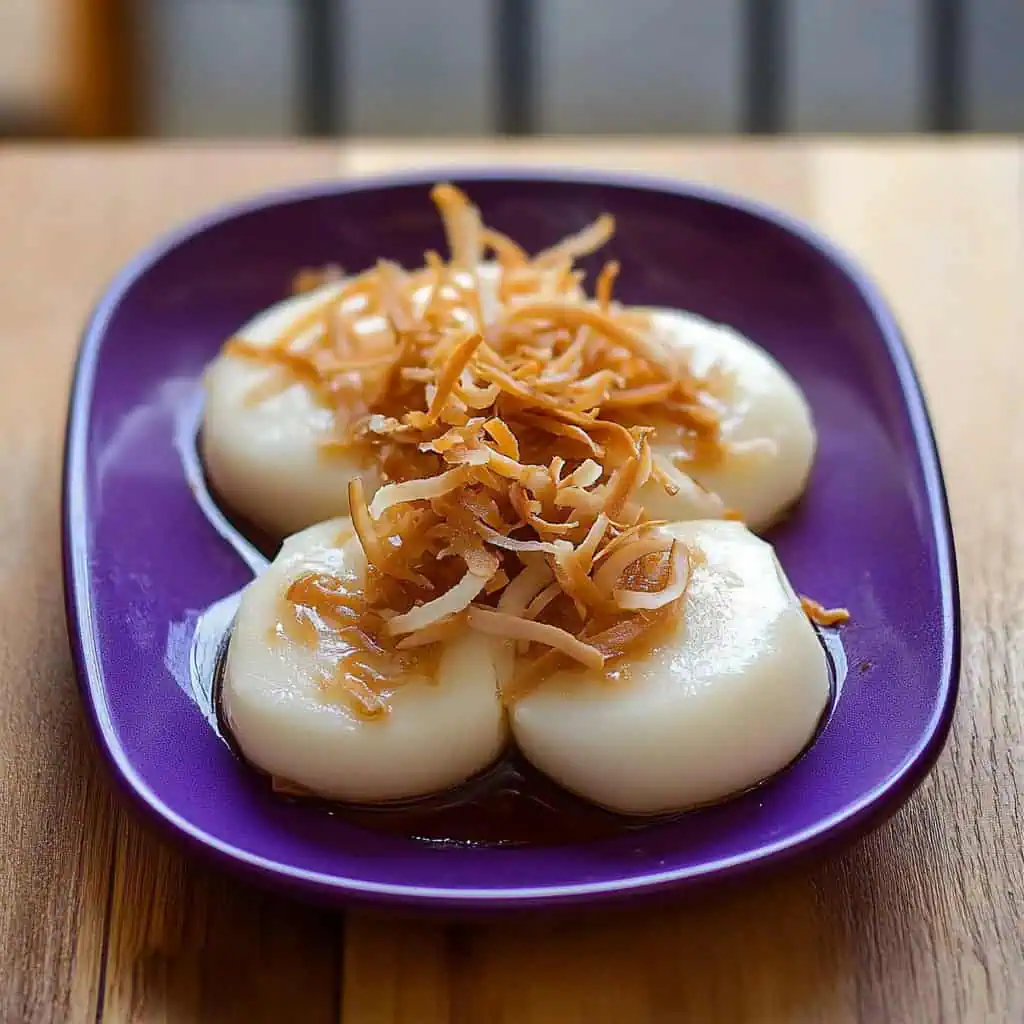

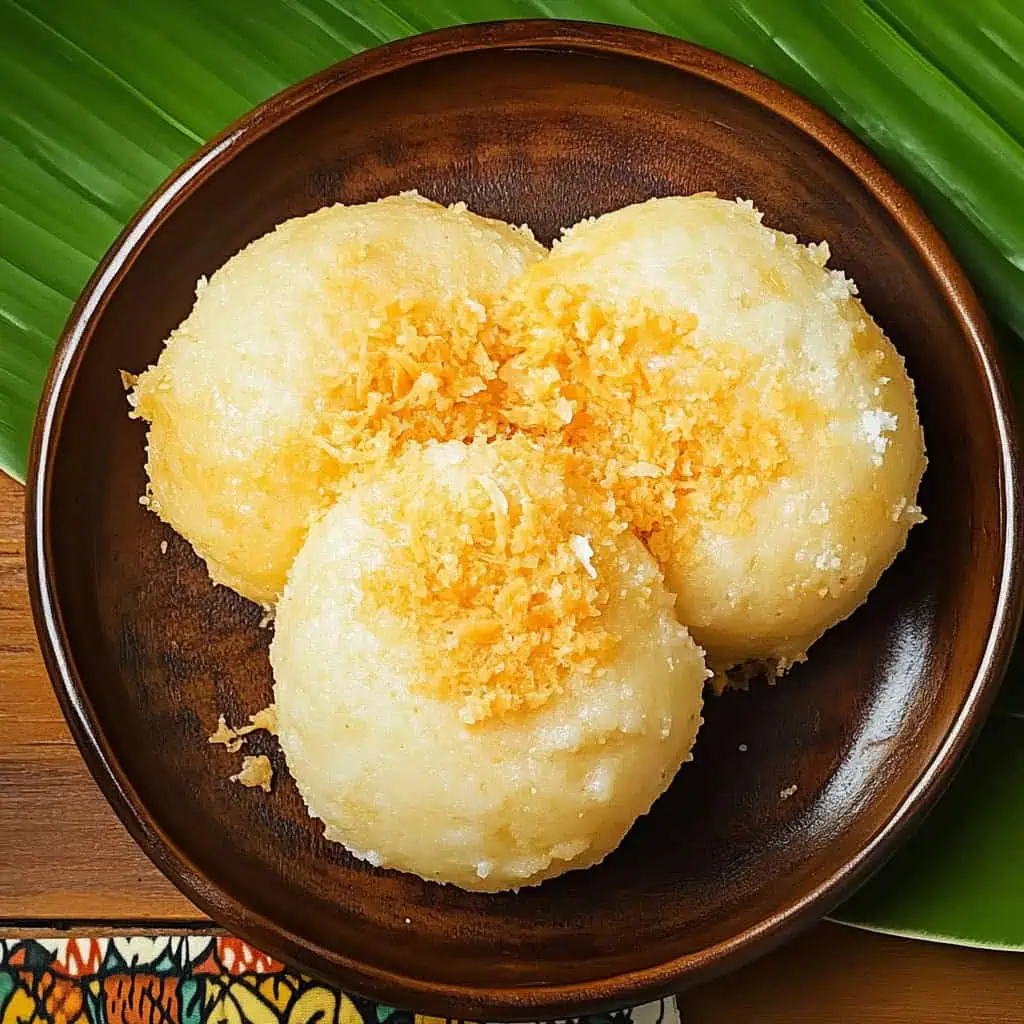
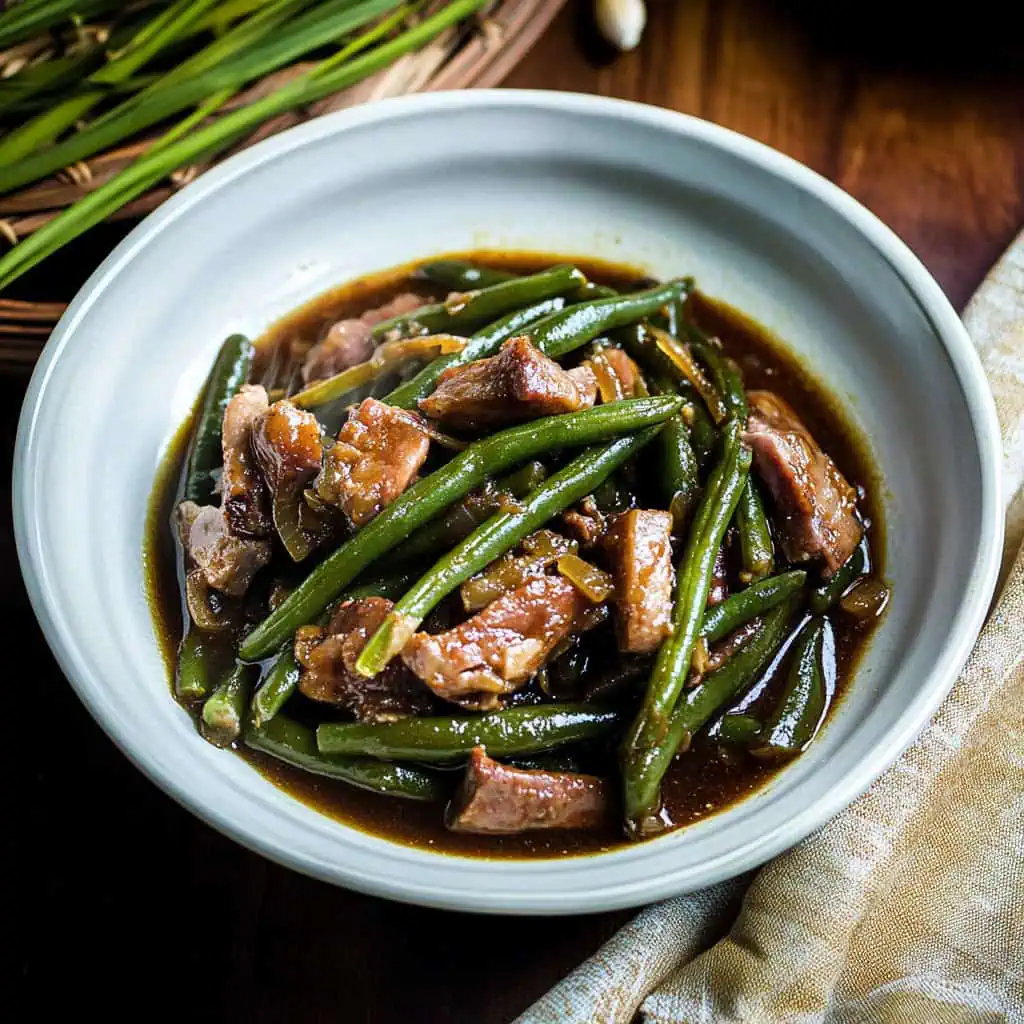

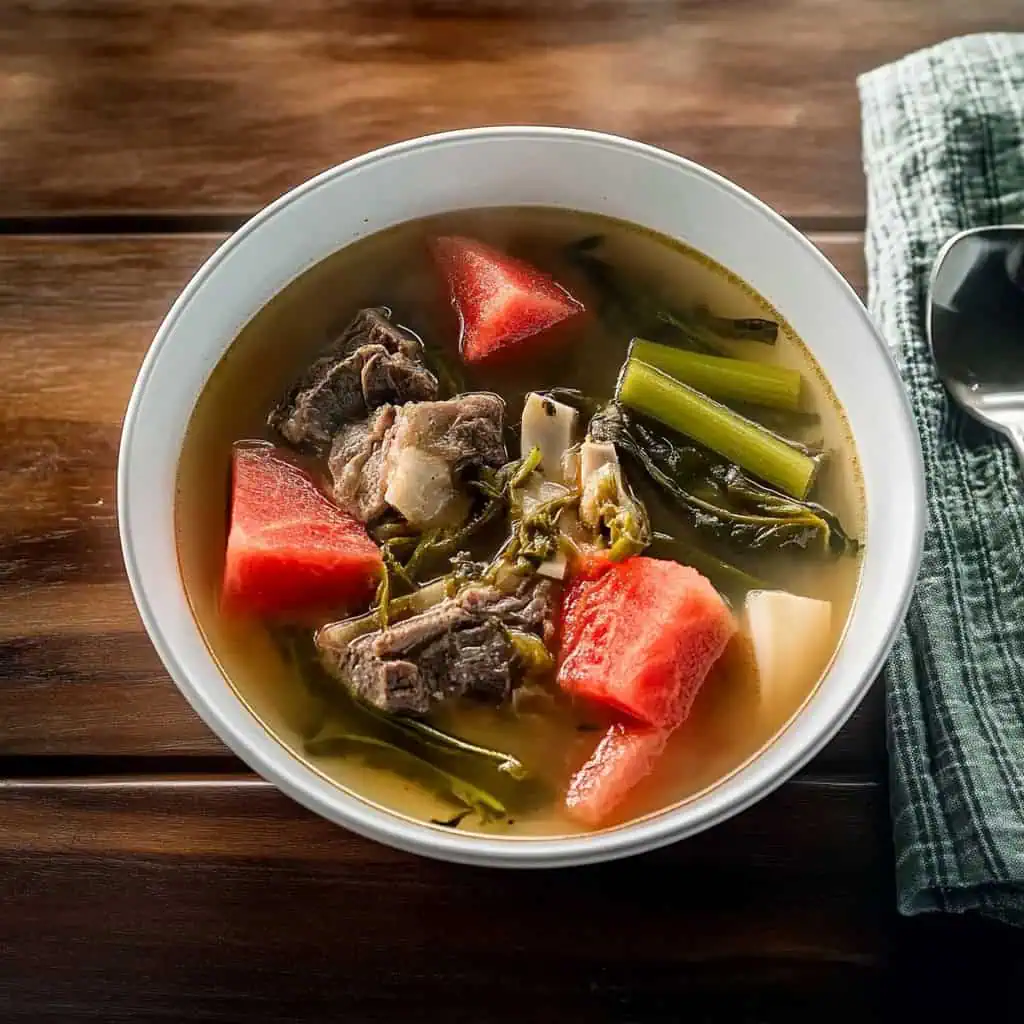

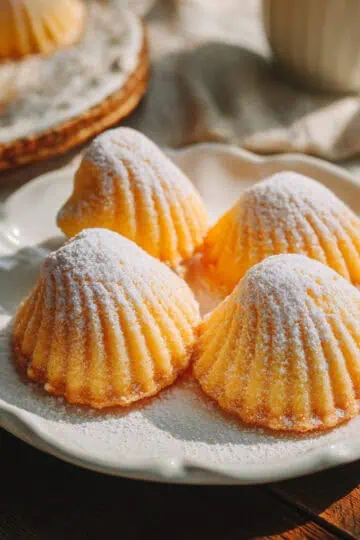
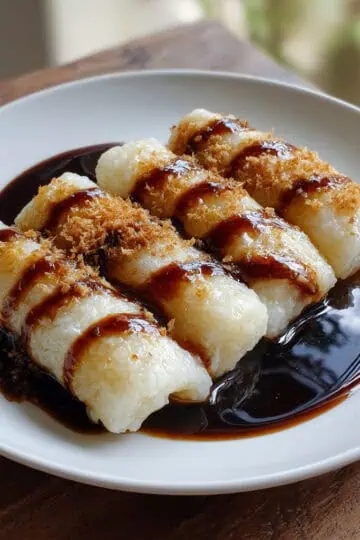
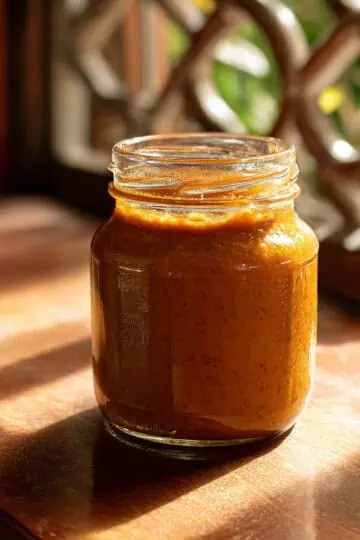
Comments
No Comments